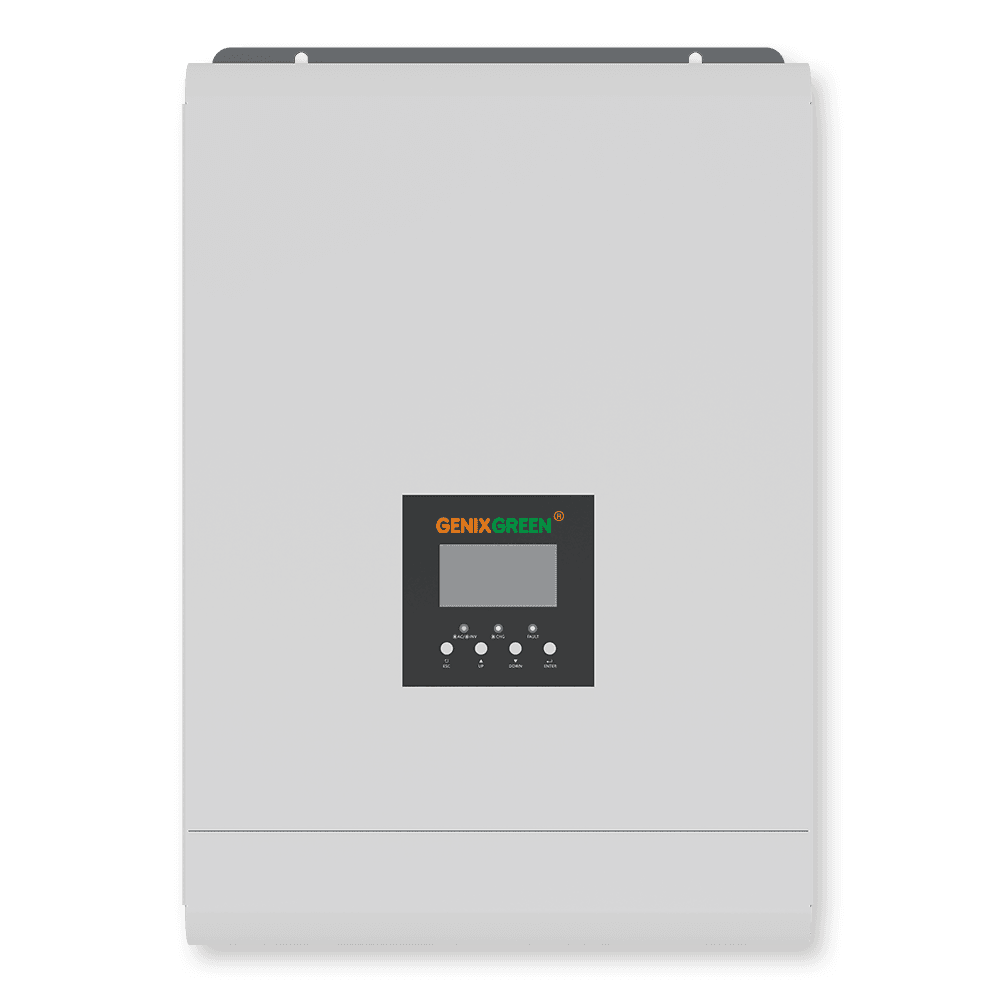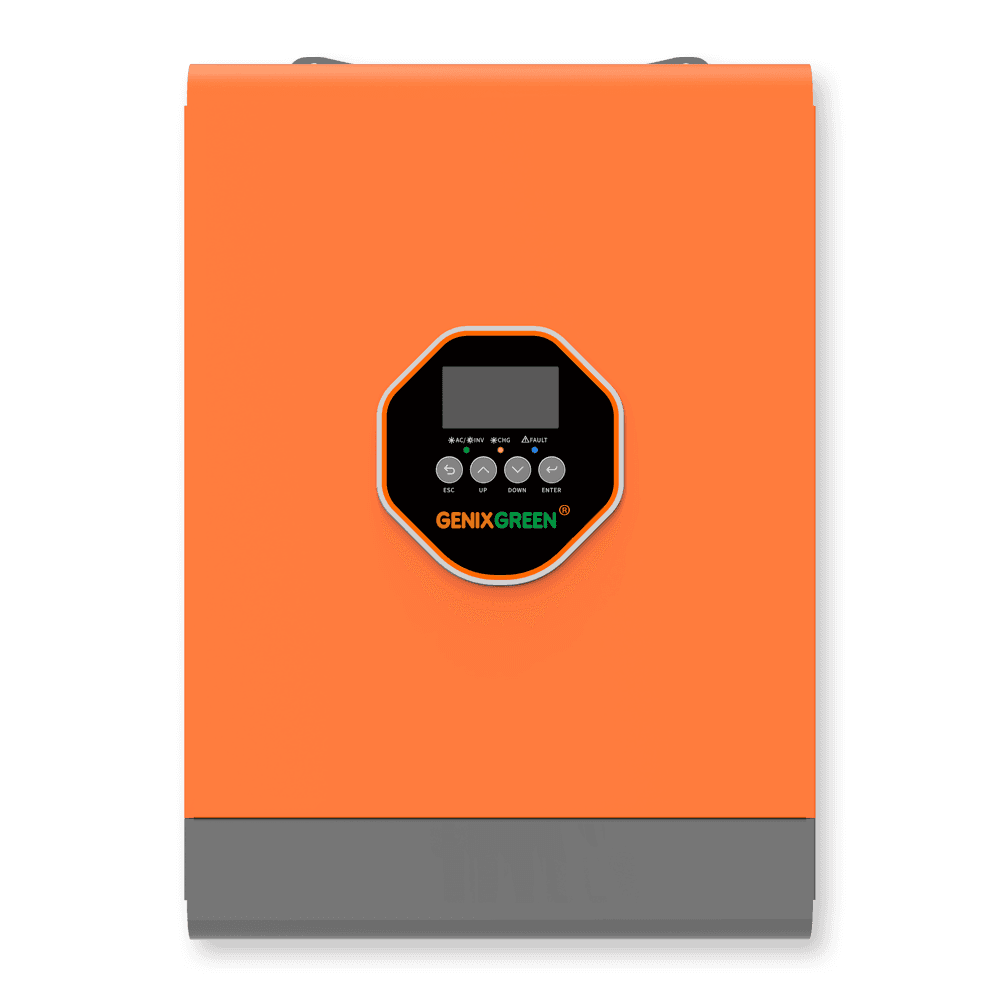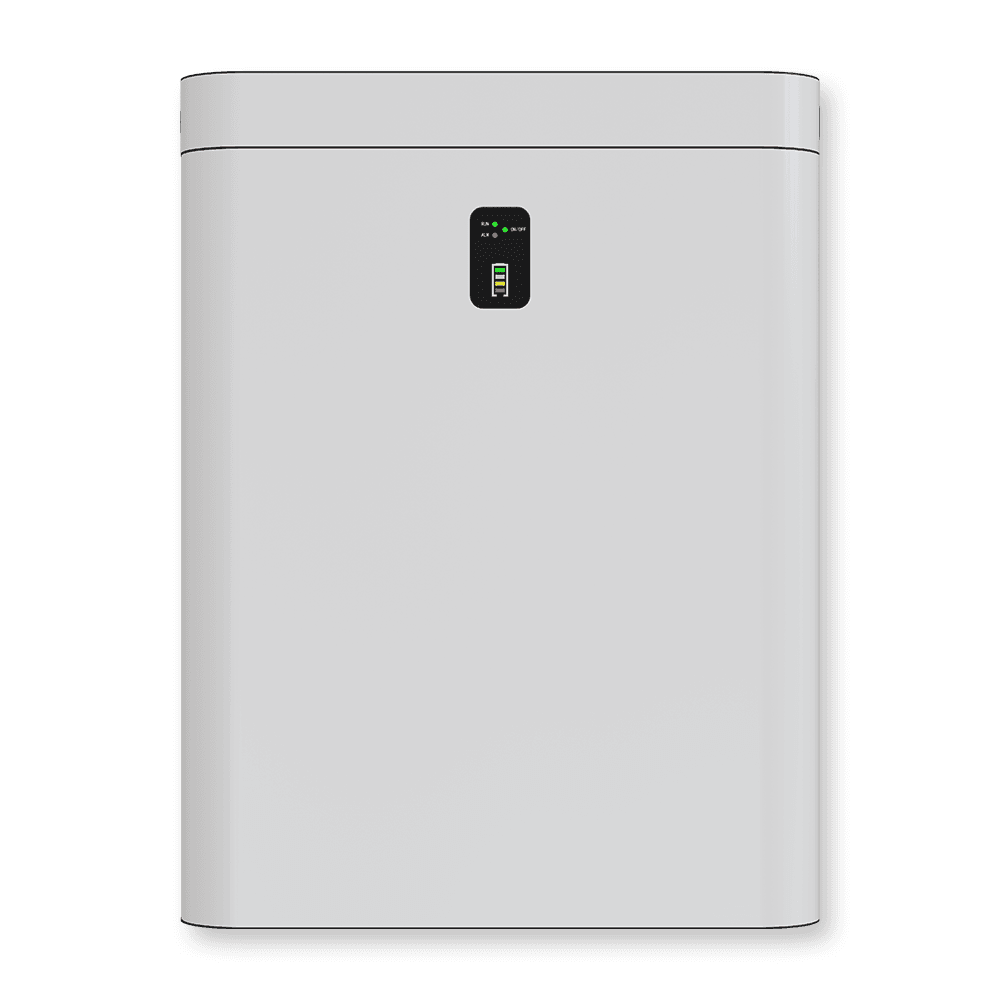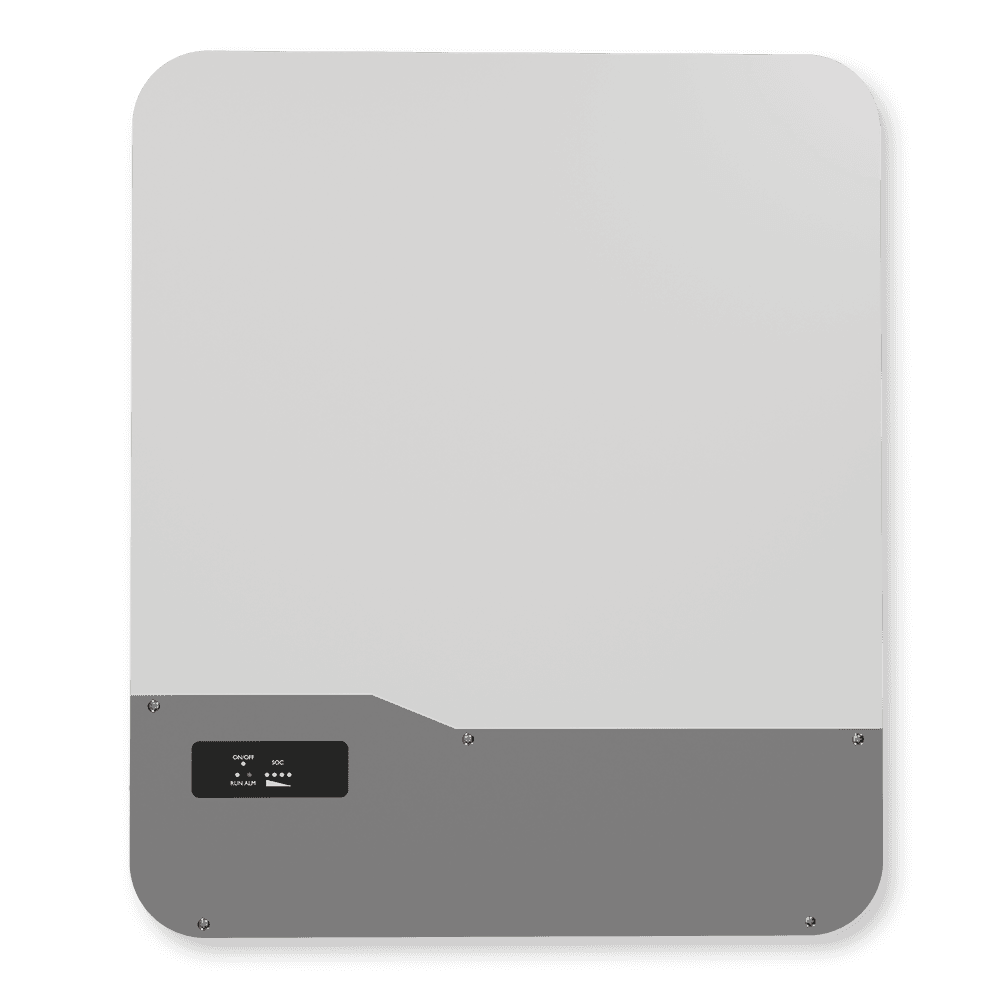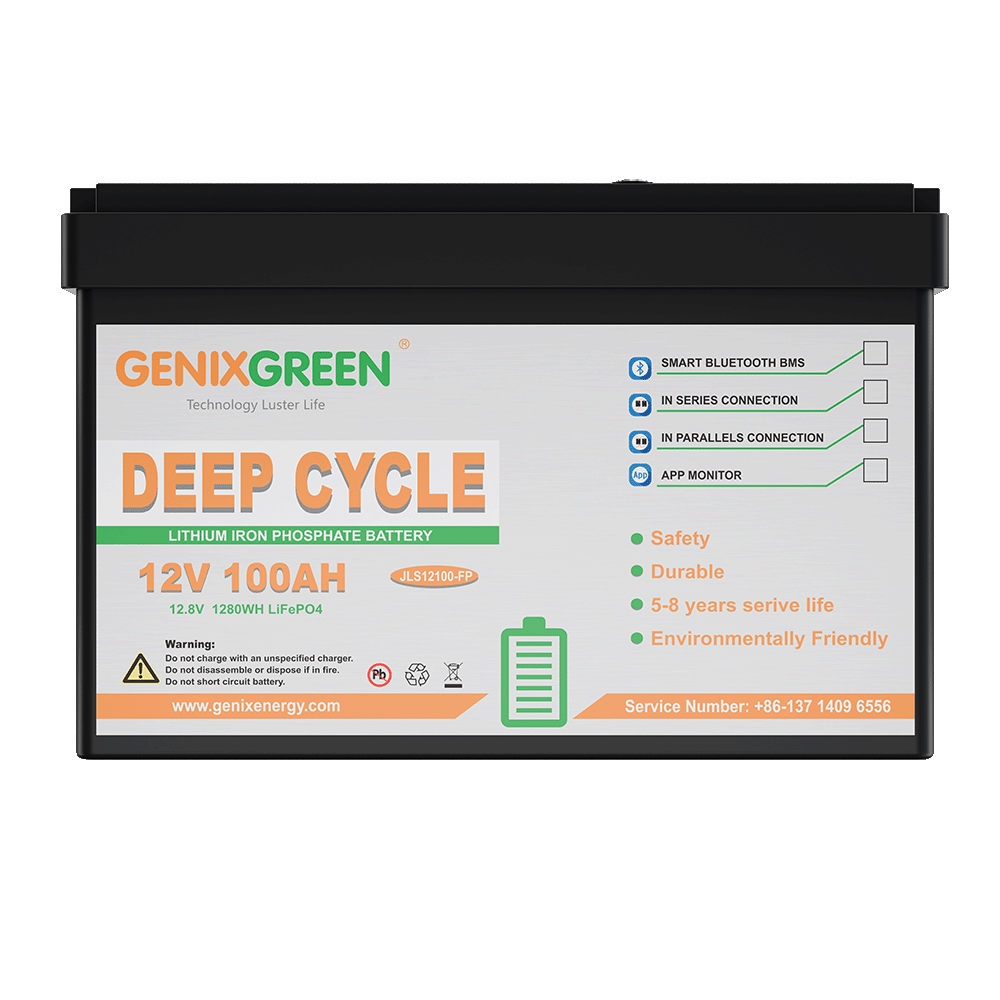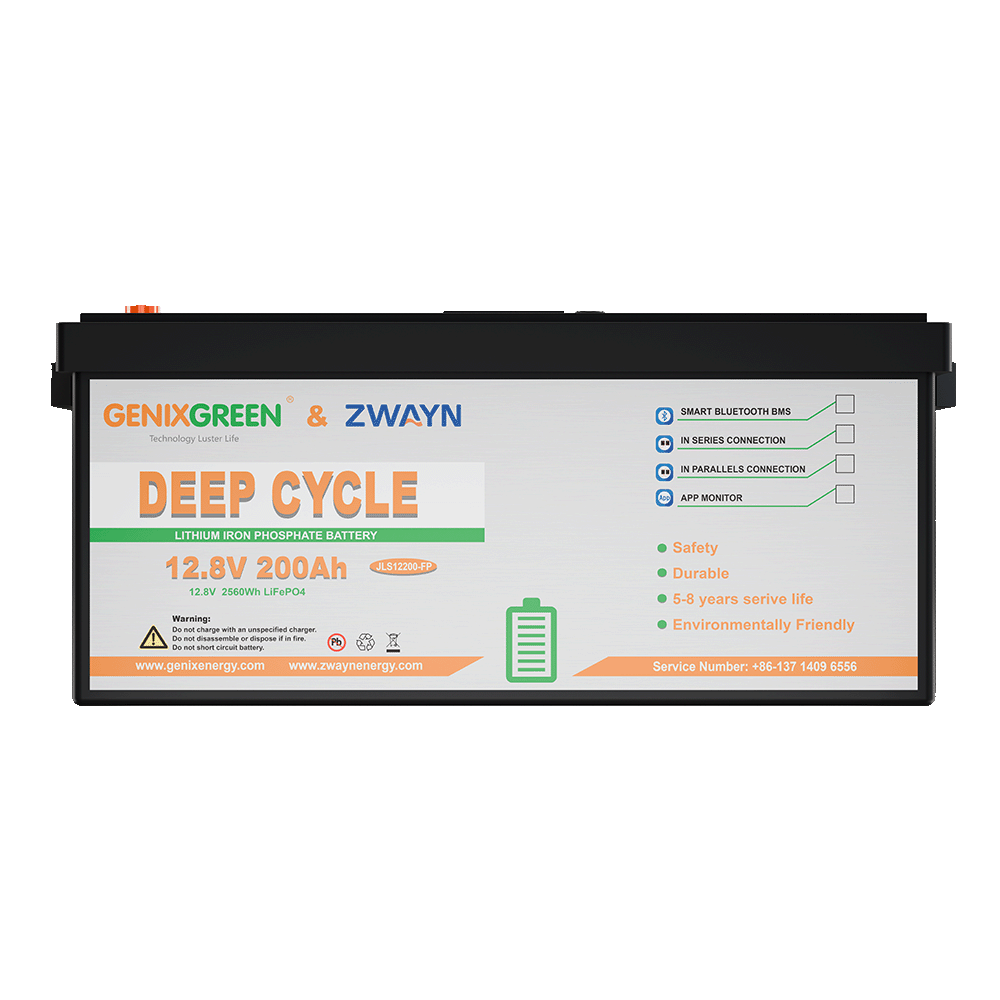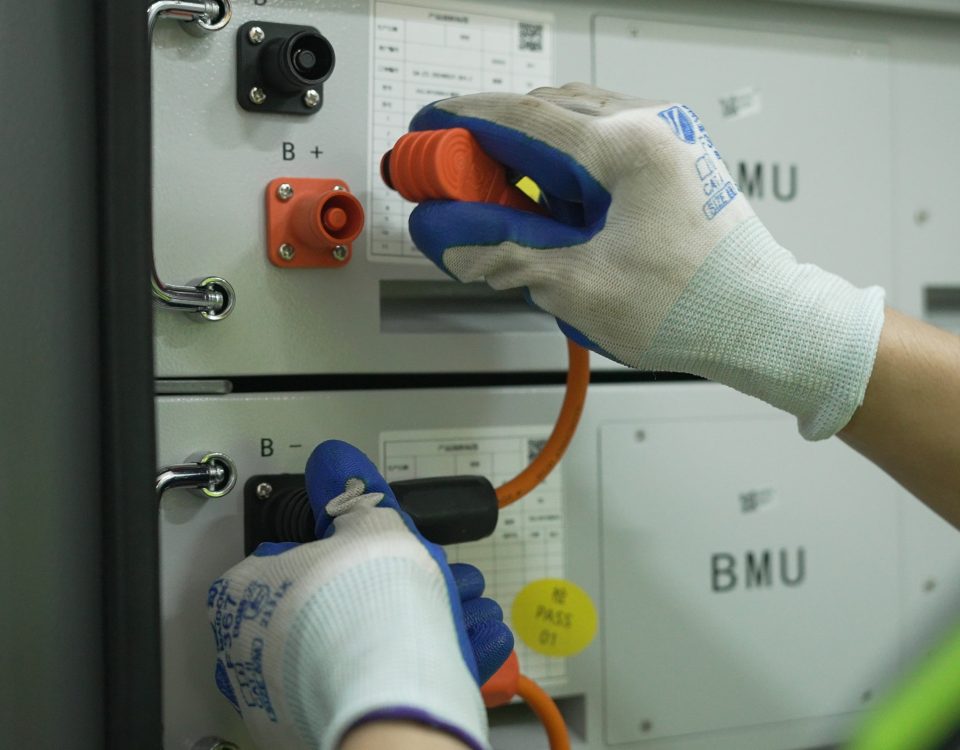
Will lithium batteries freeze in winter?

How long do lithium batteries last?
Generally speaking, most laptops have built-in lithium batteries (lithium-ion batteries), which is the standard configuration of modern mobile computing devices.
However, there are special cases in other fields. We analyze from different angles to see if there are other cases:
- Conventional design angle
Portability requirements: Lithium batteries have high energy density and light weight, which can meet the device endurance requirements (usually 8-24 hours).
No external power supply dependence: Support offline use, suitable for office, travel and other scenarios.
Integration trend: Ultra-thin notebooks and two-in-one devices (such as tablet mode) have batteries completely embedded in the body due to space limitations.
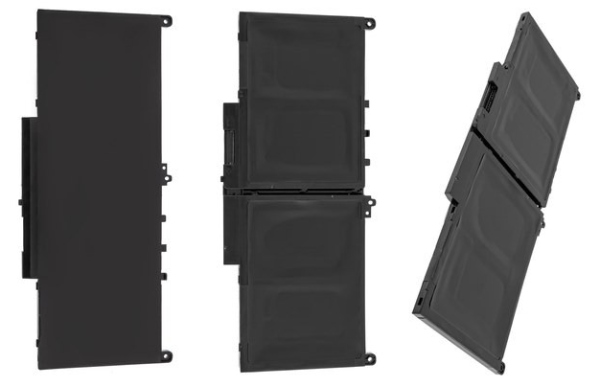
Typical model examples:
Business notebooks (such as Lenovo ThinkPad X series)
Ultrabooks (such as Dell XPS, Apple MacBook Air)
Gaming notebooks (such as ROG, Alienware series)
- Special design angle
The following scenarios may have exceptions: - Laptops without battery design
Industrial control equipment: Some embedded industrial control notebooks (such as those used in factory assembly lines) may be directly connected to the power adapter without batteries.
Military/custom equipment: The battery module may be omitted to meet explosion-proof or special protection requirements.
Historical models: Laptops in the early 1990s used nickel-cadmium batteries (NiCd) or nickel-metal hydride batteries (NiMH), but they have been eliminated in modern times.
2. Removable battery design
Some older models: For example, early models of Lenovo Yoga series and Toshiba Satellite series, the battery can be replaced by snaps or slides.
Workstation/server notebooks: A few professional devices (such as ThinkPad P series) retain the removable battery design for easy maintenance.
3. External battery expansion solution
Mobile power compatible: Some ultrabooks (such as Microsoft Surface Pro) support external charging bases or dedicated battery packs.
Gaming laptop docking station: High-end gaming laptops (such as Asus ROG) can increase battery life through accessories.
3. Function and technical perspective
The role of lithium batteries in laptops is far more than just power supply:
Power management: Coordinate charging and discharging through the chipset to prevent overcharging/overdischarging (such as Intel IMVP8/Voltage Regulator Module).
System stability: Power the RAM cache in the event of a sudden power outage to avoid data loss (cold start requires recovery).
Thermal management: The battery pack participates in the body heat dissipation design (such as dual-fan models through airflow cooling in the battery area).
Key technical parameters:
Capacity: in Wh (such as 50Wh means about 5 hours of battery life).
Voltage: Common 10.8V/14.8V (adaptive motherboard circuit design).
Charging protocol: Supports fast charging standards such as PD/QC, and some manufacturers customize private protocols (such as Huawei SCP).
4. User use and maintenance perspective
Battery health detection:
Windows system: Enter powercfg /batteryreport through the command prompt to generate a report.
macOS system: System Settings > Battery > Battery Health Information.
Maintenance suggestions:
Avoid frequent plugging and unplugging of the power supply (ideally, the power should be turned off after charging to 80%-100%).
When stored for a long time, the battery should be kept at 50% to prevent lithium ion crystallization.
Safety hazards:
Overheating (>45℃) or physical damage may cause battery bulging, leakage or even fire.
It is recommended to use the original charger and avoid third-party inferior adapters.
V. From the perspective of future development trends
New battery technology:
Sodium ion battery (lower cost, but slightly lower energy density).
Solid-state battery (safer, theoretical battery life doubled).
Battery-free exploration:
The concept model achieves more than 100W fast charging through the USB-C PD 3.1 protocol, and theoretically supports “charge and use”.
However, it is difficult to popularize it in the short term due to the charging speed and heating problems.
Conclusion
Except for a few special-purpose devices, modern laptops are generally equipped with lithium batteries. Their design, capacity and management methods directly affect the user experience, and reasonable use and maintenance can significantly extend the battery life (usually 3-5 years). In the future, with the iteration of technology, the battery form may be further innovated, but the core functions will still be indispensable.



